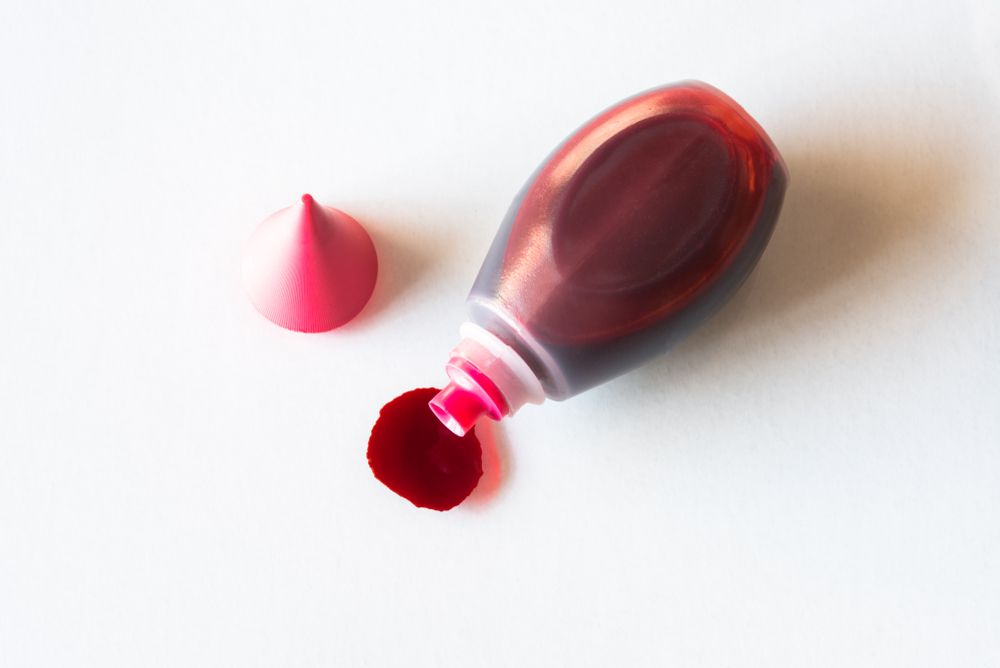
Candies, cereals, and certain maraschino cherries are just a few of the popular foods that contain Red No. 3, an artificial dye recently banned by the FDA due to its carcinogenic risks. "The FDA cannot authorize a food additive or color additive if it has been found to cause cancer in humans or animals. Evidence shows cancer in laboratory male rats exposed to high levels of FD&C Red No. 3," stated Jim Jones, FDA Deputy Director for Human Foods, as reported by NBC News.
The ban marks a significant win for food safety advocates, who have long argued that the dye not only poses a cancer risk but may also negatively impact children's behavior.
"At long last, the FDA is addressing the regulatory inconsistency of Red 3 being banned in lipstick but still allowed in children’s candy," said Dr. Peter Lurie, President of the Center for Science in the Public Interest, as reported by NBC News. "This decision removes an unnecessary hazard from the American food supply, and while we welcome it, this action is more than three decades overdue."
The candy industry has expressed its intent to comply with the ruling. "Our consumers and the food industry as a whole expect and deserve a strong FDA with a consistent, science-based regulatory framework," said a spokesperson for the National Confectioners Association. "For years, we’ve supported FDA’s role as the national leader in food safety decisions," the statement added, according to NBC.
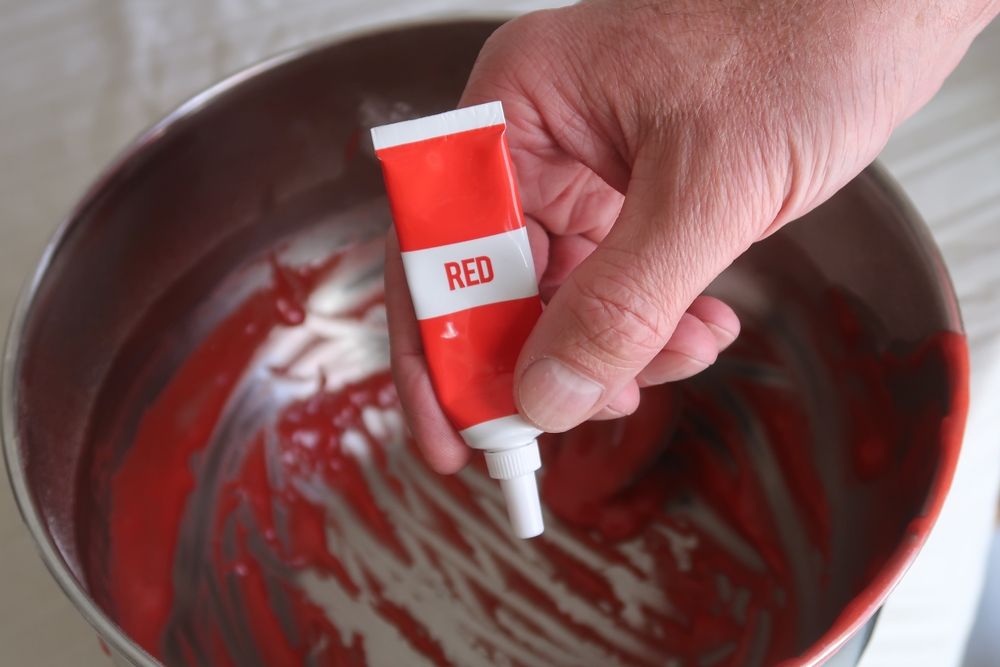
The FDA has long monitored the safety of synthetic color additives like Red Dye No. 3, commonly found in foods, beverages, and cosmetics. Concerns surrounding these additives have persisted for decades, with studies suggesting potential risks, including links to hyperactivity in children, particularly those with ADHD. Red Dye No. 3, in particular, has drawn scrutiny due to its possible health implications.
A notable study conducted in 2007 by UK researchers suggested that certain food dyes, including Red Dye No. 3, might contribute to behavioral challenges in children. However, the findings were not definitive enough to prompt a U.S. ban at the time. While the FDA has consistently stated that synthetic dyes are generally safe at current usage levels, they acknowledge that some children may be more sensitive to these additives.
The recent decision to ban Red Dye No. 3 in food products reflects the FDA's ongoing commitment to consumer safety and its responsiveness to public concerns. Already banned in cosmetics, the dye has been criticized for years due to studies suggesting it may pose long-term health risks, including a potential link to cancer in animal studies.
For consumers, the ban means manufacturers will need to reformulate products like candies, drinks, and baked goods that previously relied on Red Dye No. 3. Many companies have already begun transitioning to natural coloring alternatives, such as beet juice or turmeric, which are seen as safer and more appealing to health-conscious buyers.
While the FDA emphasizes that occasional exposure to synthetic dyes is unlikely to cause harm for most people, the move to phase out Red Dye No. 3 aligns with a broader trend toward cleaner, more transparent food production. If you’re concerned about food dyes, checking ingredient labels can help you make informed choices as the industry shifts.
In the meantime, here are 5 popular foods that currently use Red Dye No. 3:
Brach's Candy Corn
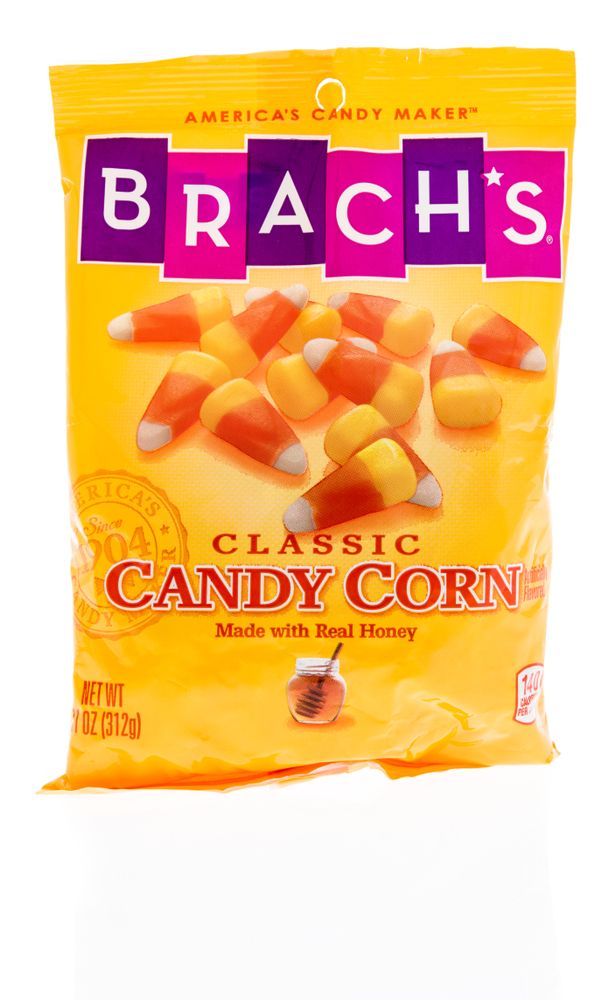
Brach's Candy Corn, a beloved Halloween staple recognized for its signature tri-color design, has traditionally used Red Dye No. 3 to create its vibrant red section. With the FDA's recent ban, fans of this nostalgic treat may notice changes in its formulation in the near future.
Yoo-hoo Strawberry Drink
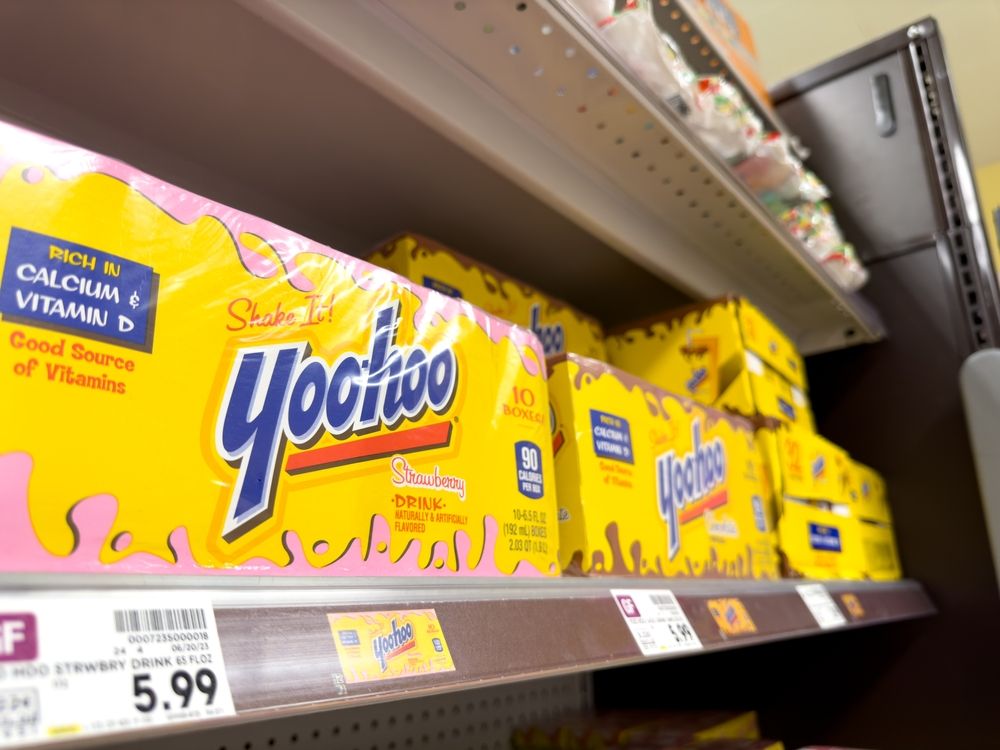
Yoo-hoo Strawberry Drink, a beloved choice for flavored milk drink fans, gets its signature pinkish-red hue from Red Dye No. 3. With the FDA’s ban now in effect, this classic favorite may need to reformulate, potentially changing its iconic appearance for longtime fans.
Entenmann's Little Bites Party Cake Mini Muffins
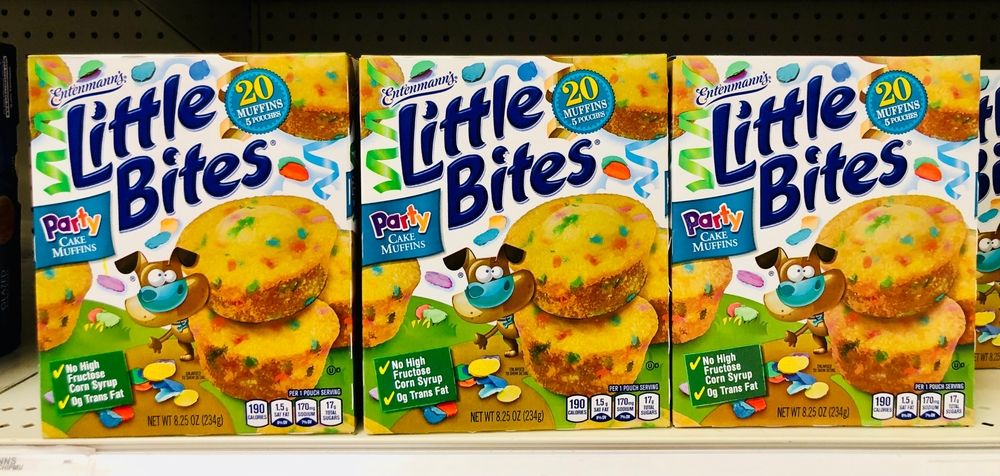
Entenmann's Little Bites Party Cake Mini Muffins, a favorite for birthday parties and snack time, owe their festive colors in part to Red Dye No. 3. With the FDA’s new guidelines, these vibrant treats will soon see a reformulation to comply with the updated standards.
Pez Candy Assorted Fruit
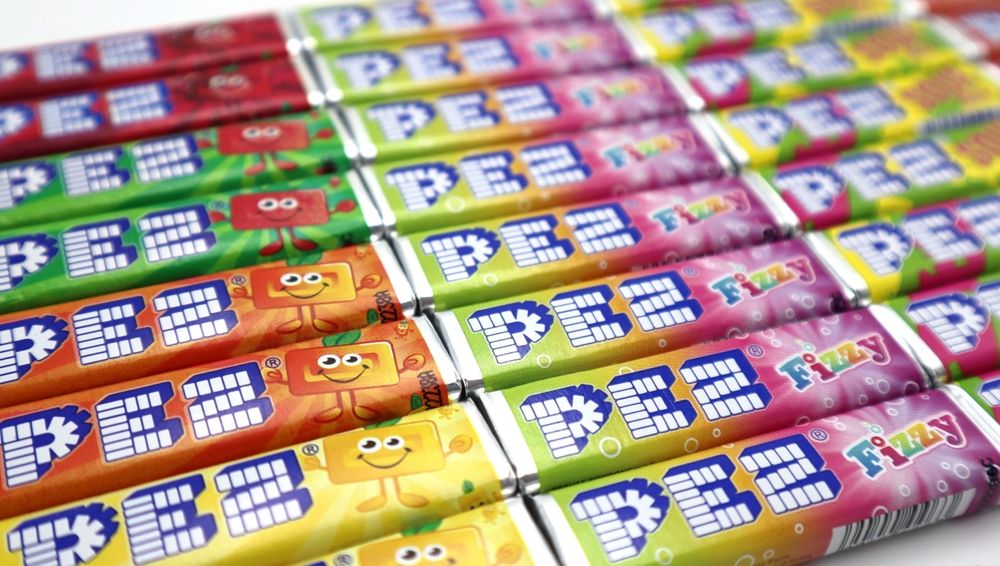
Pez candies, cherished for their iconic dispensers and fruity flavors, have traditionally used Red Dye No. 3 in their red-colored pieces. Following the FDA's decision, Pez will likely reformulate its recipes, potentially altering the appearance of this classic treat.
Certain Maraschino Cherries
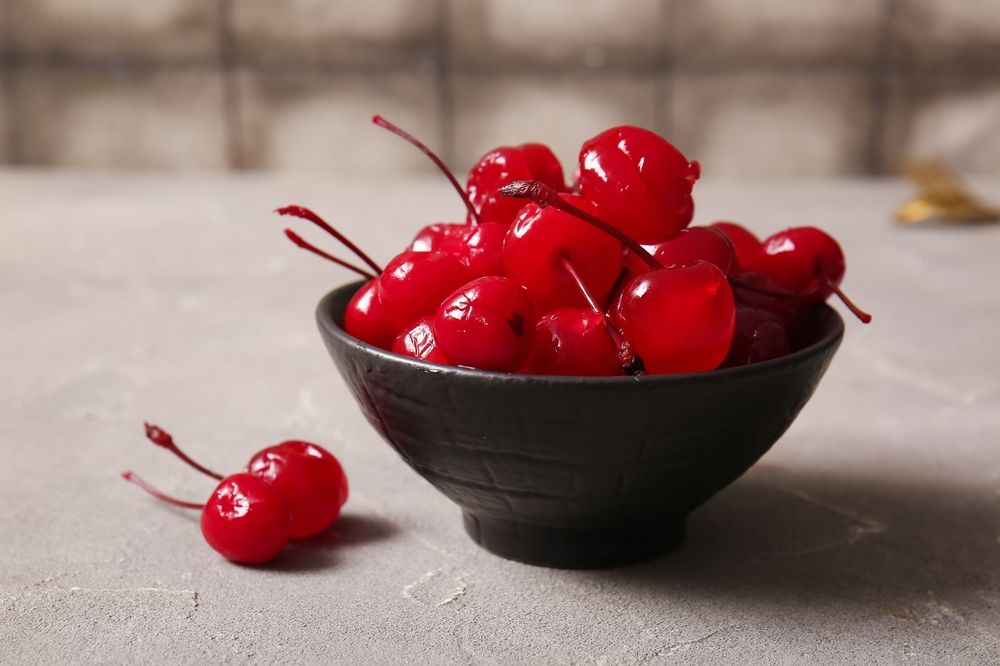
Maraschino cherries, a staple garnish for cocktails and desserts, have long relied on Red Dye No. 3 for their vibrant red hue. With the FDA’s ban now in place, manufacturers will need to reformulate their recipes, which could change the iconic appearance of these cherries.

